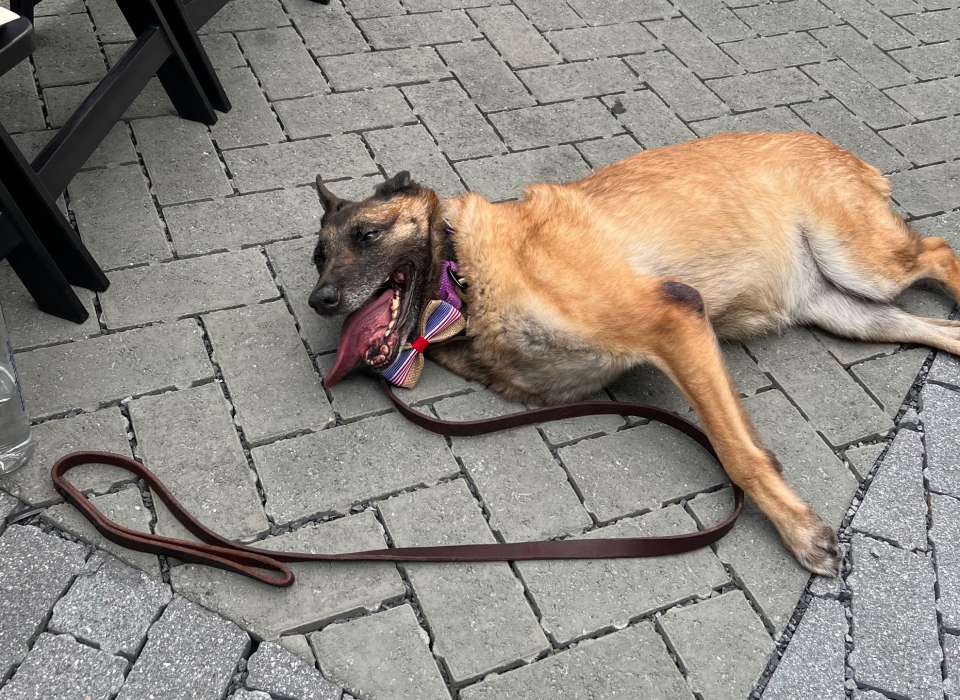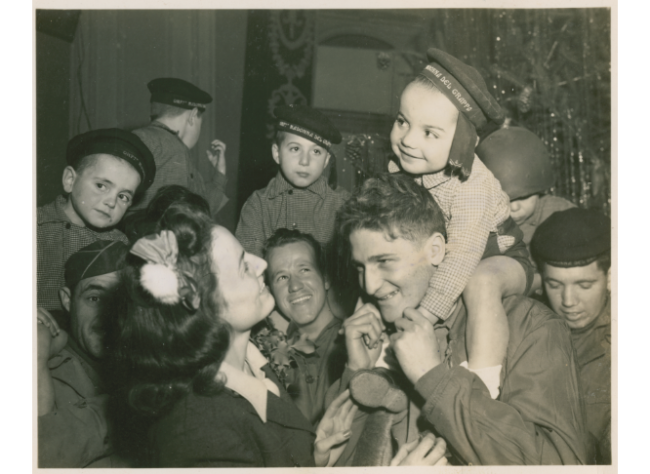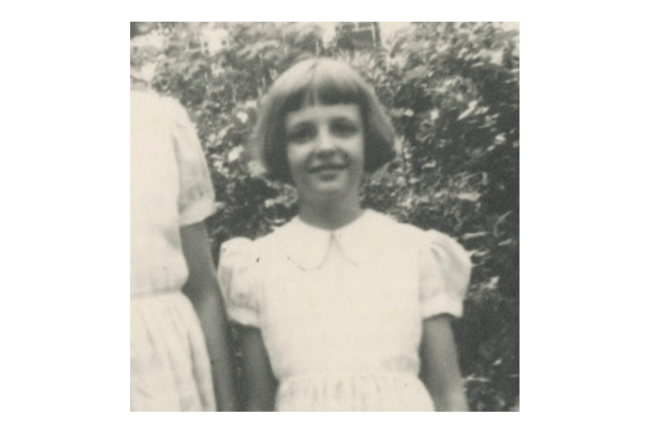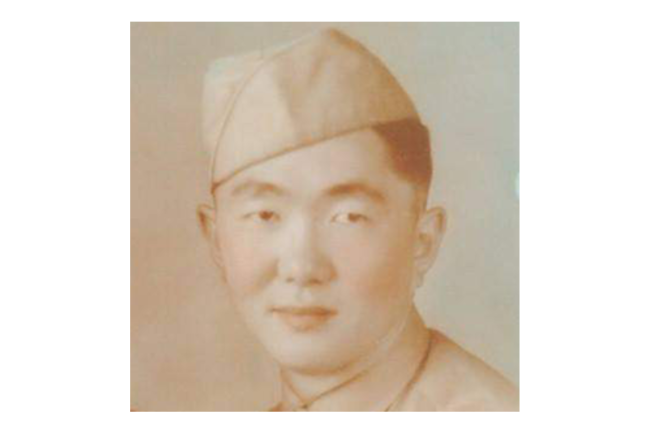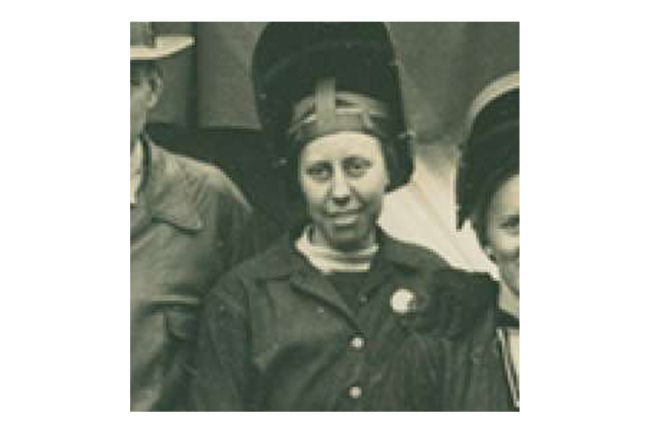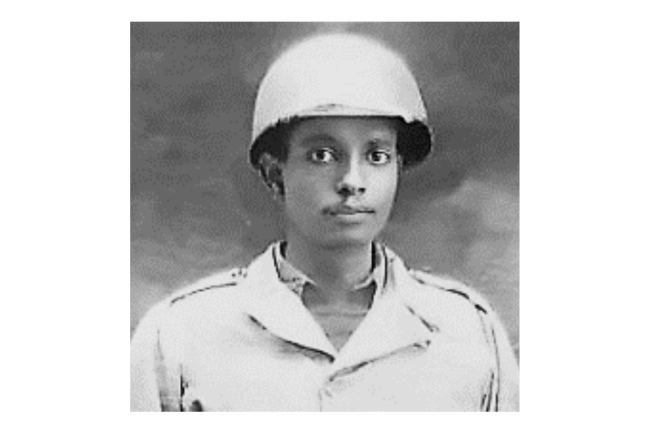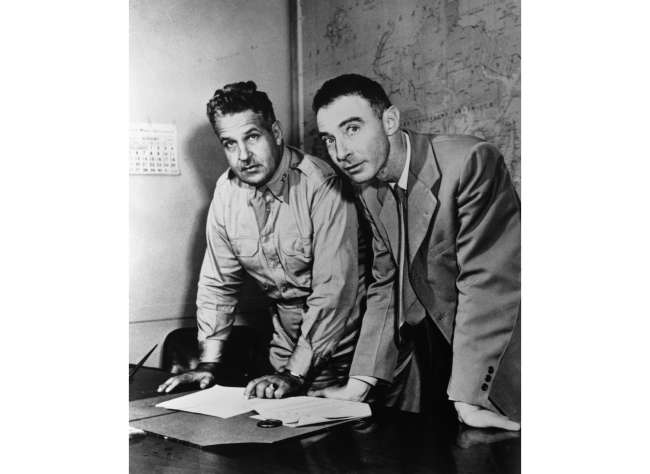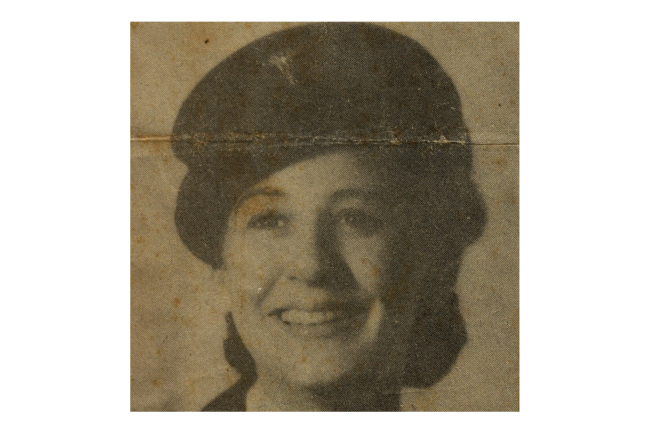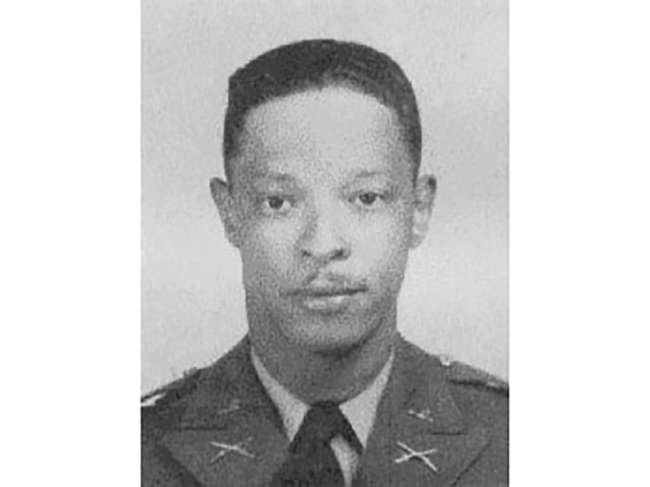Dogs have been used in times of war since before the invention of gunpowder. Romans used them to charge into battle and attack the enemy. Native Americans used them as both pack and draft animals as well as sentry animals. In the Middle Ages, dogs were sent into battle equipped with their own armor. Modern European societies have long-established traditions of using dogs in war. In World War I, the French, the Belgians, and the Germans used dogs as messengers, medics, and pack animals.
The United States, however, never had a war-dog program until the onset of World War II. The only working dogs in the US military at the start of the war were sled dogs used in Alaska when the snowy and icy terrain was impassable by vehicle. It was through the forward thinking of some in the US military with the enthusiastic support of dog fanciers that the US government initiated a war-dog training program. Supporters of the program envisioned the various ways that dogs could be useful in both combat and noncombat roles.
Little did they know the programs they established would become such a success, laying the groundwork for a broad future for war dogs. Many famous dogs emerged from WWII, including Chips, who was awarded the highest medal given to military animals, the Dickin Medal, in 2018 for his actions in Italy in 1943. And the knowledge gained from the program would influence training, breed selection, and the future of how dogs are used in war.
Generations of dogs have now passed through the US military system, serving alongside servicemembers in many capacities. One such K-9 hero is Layka, a Belgian Malinois, serving in Afghanistan in May 2012. Her team was under fire from an enemy compound. Apache helicopters were dispatched to help, and then Layka was sent in to look for injured combatants and possible explosives. Once inside, a combatant fired at her, sending four rounds of AK-47 ammunition into her right shoulder area. Despite these injuries, she still attacked and subdued the shooter, protecting the lives of her handler, US Army Ranger Julian McDonald, and the rest of the team.
McDonald pulled Layka from the building and used his skills as physician’s assistant to render first aid. His efforts saved her life. Layka was then flown to a field hospital where she underwent the first of several surgeries before being taken to Germany. There, the decision was made to amputate her right leg. Layka’s story is credited as inspiration for the movie Dog, starring Channing Tatum, and her heroic acts have led to many awards for her bravery.
The 341st Training Squadron, 33rd Fighter Wing, honored Layka with a medal of heroism in September 2012. Her portrait was featured on the cover of National Geographic in 2014, and in 2016 the Hallmark Channel featured her in the American Humane Hero Dog Awards show. A statue of Layka is being sculpted in Salt Lake City. The Daughters of American Colonists honored Layka with an award June 14, 2023, at The National WWII Museum.
Cite this article:
MLA Citation:
APA Citation:
Chicago Style Citation:
